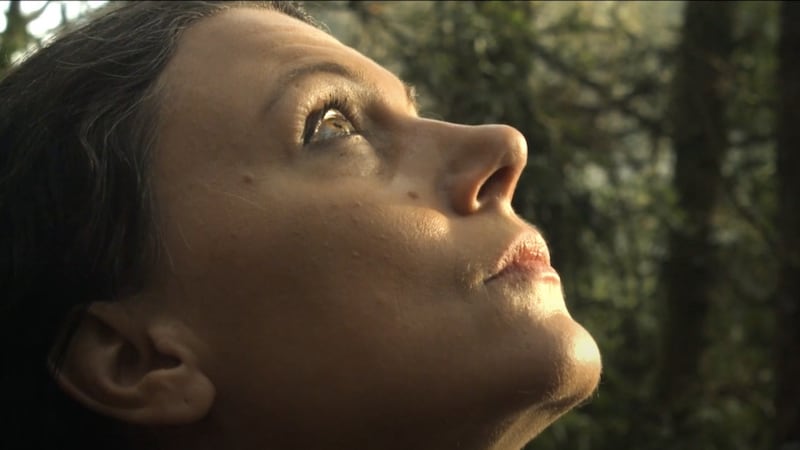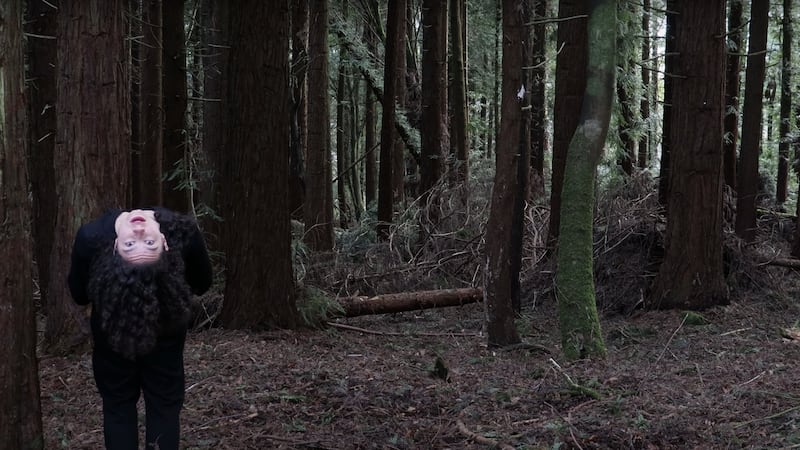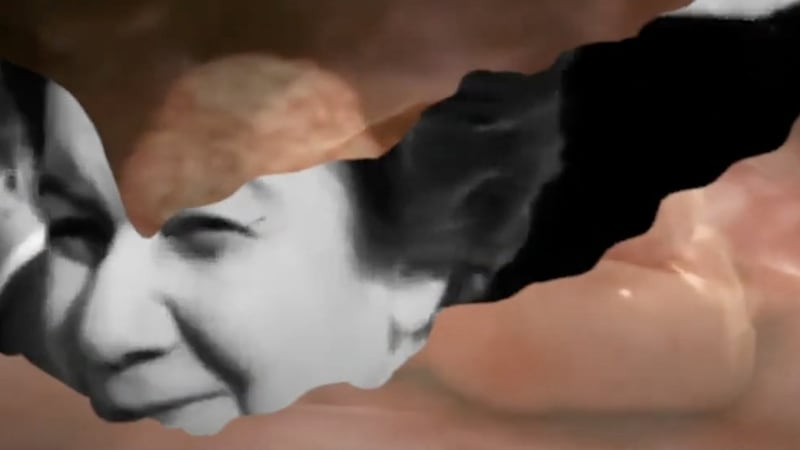We can find new perspectives and engage with new ideas through the work of artists. Seldom occupying the mainstream, artists do not speak with a single voice, yet our museums and galleries have historically tended to collect and show art that comes from a rather narrow perspective. With some limited exceptions, art history has been dominated by white, mainly male, European and American voices.
This is slowly changing, and one of the driving forces behind that change in Ireland has been the Centre for Creative Practices (CFCP). Established by Monika Sapielak and Ian Oliver just over 10 years ago, the centre has the aim of promoting and connecting the work of migrant and culturally diverse artists. Launching tomorrow, the CFCP's New Voices of Ireland is a fresh antidote to limiting viewpoints.
An annual series (this will be the eighth), New Voices is a showcase of work by migrant and indigenously Irish artists. This year’s event is subtitled Against the Odds and is being presented online.

“The voices of migrants are rarely heard,” says Sapielak, when we meet on Zoom. “In these challenging times, there is a danger they’ll be completely marginalised.”
Born in Poland, Sapielak originally came to Ireland for a week back in 2005, intriguingly enough to study Aikido. “I wanted to learn English, and one of the best Aikido teachers in Europe was based in Ireland,” she says, clearly fascinated by the turns a life can take.
Staying on, she began to work with Polish artists to find them opportunities to work and exhibit. “Then other artists approached me. The recession came, Ian and I got laid off from our jobs, and we found this gorgeous Georgian basement on Lower Pembroke Street – we became the go-to address for migrant artists to present their work.”
She makes it sound simple, but it wasn’t. “The end of the recession killed that building,” she says. “Migrants are the main agents of cultural diversity,” she continues. “And of course the cultural infrastructure in Dublin is quite established, but because it is established it is also hard to break in.”
Welcoming and embracing
Despite this conundrum, she has found Irish society to be very welcoming and embracing. “But being a migrant is never easy. You’re losing something and trying to become something new, finding a new culture and knowing the things you’ve left behind. Being an artist adds another level to that.”
We talk about the things that anchor us in our worlds. The school you went to, the localities you learn, the pubs you go to, the shorthands and the connections you take as second nature. "As a migrant, you don't know how the system operates," Sapielak says. "And yet people have gifts, so it's about sharing," she says. She praises the Arts Council for its supports, but agrees the process of change has been slow.
As things have changed, there have been issues, questions, missteps. When does sharing become cultural appropriation? When does a focussed presentation of work from a particular culture run the risk of exoticising that culture? How far is the art world prepared to open its doors to new voices and forms, especially if those voices and forms threaten its intricately established and closely guarded value systems?

“The western world has to realise that there is much more to contemporary art than the Europocentric and America-centric approach,” says Sapielak. “And that the rest of the world also ‘produces’ mature artistic voices and styles that are unique and actual.”
The art market – that is the arena for commodifiable art – is definitely a Euro-American construction, which requires art to look a certain way, and values it for its conformity. And right now that market is floundering in a sea of overpriced big names and works that have been amusingly dubbed “zombie formalism” and “zombie figuration”, ie looking like art but with no heart and no soul.
Presenting a series of online performances and art pieces over the course of the next two months, New Voices broadens the perspective, demonstrating the universal and the diverse nature of human existence.
New works will be launched each Thursday until April 1st, bringing a pairing of artists to delve into different themes: such as Mirjana Rendulic and Chinedum Muotto (February 18th), who separately explore parenthood. Rendulic’s A Death of a Star is a reflection on grief following the death of her father; and Muotto’s performance poem explores fatherhood and what it may mean to be a man.
Female voices
The premiere tomorrow evening adds additional artists, with works by Leia Mocan, Zahra Khan and Imogen-Blue Hinojosa. “They are three different female voices focussed on completely different, very personal stories,” says Sapielak, immediately immersed in the worlds the artists have brought to her mind.
“Imogen is originally from Texas, her focus is trans women. The video is actually a trailer for a short film she’s working on about the increasing death rates of trans women globally.”
Alongside this, Leia Mocan’s Umbilical Cord mixes stories of the artist’s own origins with footage of Ceausescu’s Romania. “It’s a very passionate story,” says Sapielak, narrating how Mocan was born in a snowstorm, her mother being assisted by the artist’s five-year-old sister in the absence of any other help. Romania’s anti-abortion laws were so strict that midwives were frequently afraid to attend a birth.

The third artist, Cork-based and Irish-born Zahra Khan, explores the experience of growing up with an Afghan mother and Pakistani father, absorbing their cultures while also being influenced by her peers in Ireland. “There’s friction, cultural insights and being in between.” That feeling of being in between is common as we travel though life stages, but it is amplified for the migrant.
“At the fringes you have more fluidity,” says Sapielak. “Is ‘migrant artists’ the right category to present their work? It is problematic,” she says.
“But if you compare it to gender quotas, you have to be a bit artificial to make the space. It’s not interesting that they are from Poland, or Romania, or a part of Africa. What is interesting is that they ended up living in a different culture, that they make contemporary, provocative, knowledge-creating art.”
New Voices runs until April 1st, also including Viviana Fiorentino, Csilla Toldy, Nasrin Golden, iordAnis Sidiropoulos, Diviane Helena, Barbara O'Meara, Irina Maldea, Nkosikhona Ngcobo, Samantha Brown, Gboyega Akerele, Tag Beckett and Roxana Manouchehri. Events are free and are followed by live Q&As with the artists. cfcp.ie/nvoi8




















